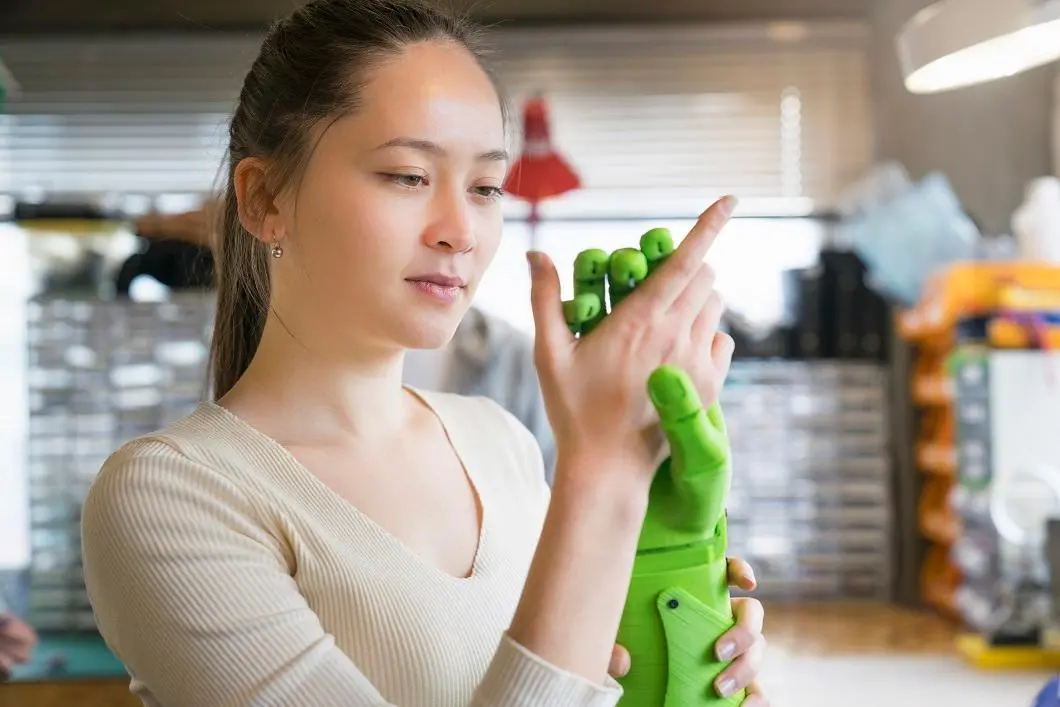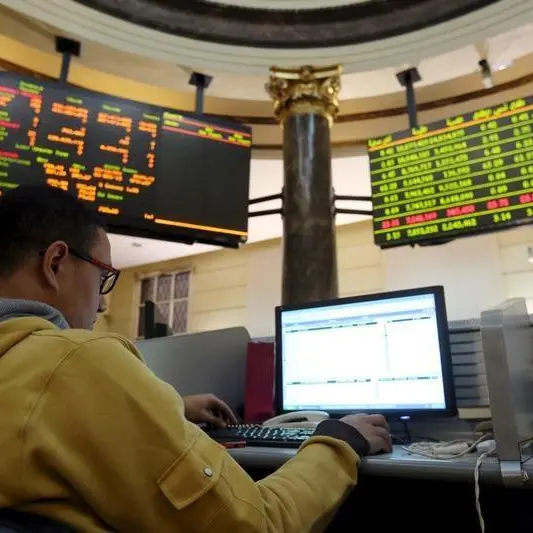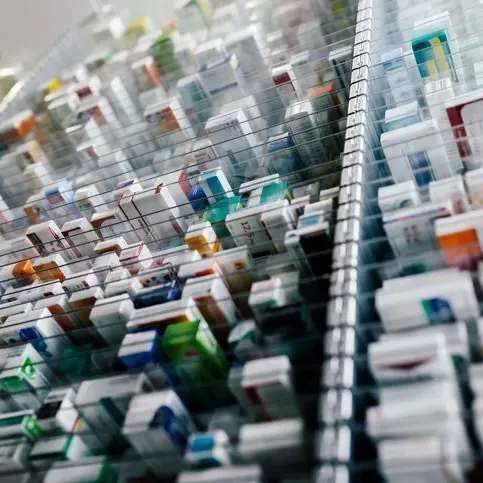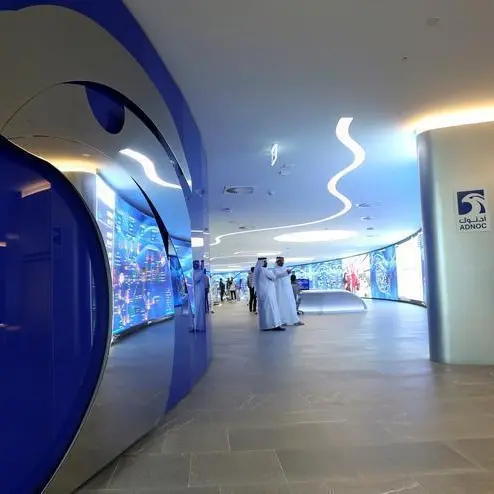PHOTO
(A typographical error was corrected in the paragraph discussing dental aligners)
Using 3D printing technology can help to cut costs and enhance efficiency in several areas, especially in the healthcare sector, however the printers’ functions remain limited until further research and development is complete, according to scientists and businesspeople familiar with the technology.
“The implementation of 3D printing will allow manufacturers to cut costs on staff training and generally reduce the amount of qualified personnel necessary for production operations,” Evgeni Borisov, CEO of the United States-based technology company Vimana told Zawya in an email interview. In December, Vimana announced plans to use 3D printing in manufacturing aerial autonomous vehicles on its Twitter account.
“Production process involving 3D printing at any stage is more scalable and is characterised by a lower defect rate,” Borisov added.
What is a 3D printer and what are its limitations?
A 3D printer is a device that creates three-dimensional objects from several forms of elements that can be made of anything from plastic to resins and metal. It was invented in 1983 by American scientist Chuck Hull. The technology can create prototypes of all kinds of 3D objects, including guns. However, a single 3D printer cannot create objects which contains several components - such as guns - in one process, but it can make each part separately which can then be assembled later, according to 3Dprint.com, a 3D printing news website. It said that 3D printed guns can at best fire one bullet, as they are not robust enough to survive shot blasts.
The technology’s biggest breakthrough, though, has been in the healthcare sector, where it has been used to produce copies of several human organs and body parts through a process called bio-printing that uses bio-inks made from real human cells.
However, although it can produce replacement body parts, such as ears, the technology cannot create the mechanism that makes organs function inside a human body, Niki Vermeulen, a lecturer and researcher in the science, technology and innovation studies department at The University of Edinburgh in the United Kingdom told Zawya in an email interview last week.
Vermeulen said that 3D technology is promising but is still in“development” phase.
“Current uses are still limited and it is a lot about potential ways in which we hope to develop the technology in the future, thereby a variety of uses are imagined, but of course we will have to wait and see how the technology will develop further and what type of uses are successful,” Vermeulen told Zawya.
“Although bio-printing is indeed a very interesting development with lots of potential useful applications, it is important to note that it is not yet possible to print organs that can then be implemented in humans. People working with the technology are hoping that this dream will be a reality one day, but we do not know how much time is need(ed) and if it is possible at all,” she added.
Use cases for 3D printing in healthcare
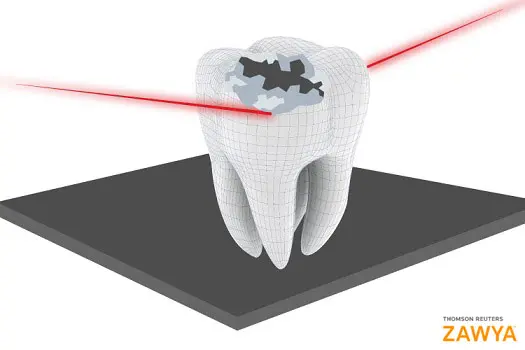

Following are examples of the use cases of the technology, according to several experts Zawya spoke to and who either use or are familiar with the technology.
1. Diagnosis
Stasys Bojarskas, a physician in the hospital of the Lithuanian University, said the technology’s main breakthrough was that it drastically enhanced the accuracy of diagnosis by enabling doctors to 3D print replicas of patients’ organs. “What was always the big challenge in medicine was the accurate diagnosis, especially of the structures of the organs that are three-dimensional,” he said.
2. Dental aligners
Shirley Stacy, a vice president of Align Technology, a United-States based company that uses 3D printers to produce plastic aligners, which are an upgraded form of dental braces used to adjust teeth, said: “We use 3D printing technology to produce a mould… that is used to produce an aligner,” Stacy told Zawya in a phone interview. She added that her company, which produces 300,000 unique aligners per day is currently expanding in the UAE where it sees a growing market demand.
3. Bone replacements and drug testing
According to lecturer and researcher Vermeulen, bio-printing technology is already being adopted to create hard structures that can be used as “bone replacement” as well as “small pieces of soft tissue that can be used for testing (medical) drugs in the laboratory”.
4. Medical drugs
Emirati doctor Wedad Almaidoor, the head of the National Tobacco Control Programme in the UAE’s health ministry, said that 3D technology will lead to a huge shift in pharmacology, as 3D printers will be relied on to produce medical tablets, and which will allow health institutions to change a drug’s dosage by only making a small change to the printer’s software before printing. The first 3D-printed pill was created in the U.S. and approved by the U.S. Food and Drug Administration in 2015, according to several international media reports.
“We will not have pharmaceutical stock in the future,” Almaidoor said. “We will have the stock of medication (in) powder and we will put it in (3D printers’) machines and it will print the tablet for us. In the future, pharmacies will only be machines and supplements,” she added.
Cost is key
Bojarskas told Zawya at the Arab Health conference and exhibition held in Dubai late last month that the cost of a simple 3D printer ranges from between $50,000 to $100,000, while machines that have more sophisticated options are more expensive.
The UAE’s vice-president and prime minister and ruler of Dubai, Sheikh Mohammed bin Rashid Al Maktoum, launched a ‘Dubai 3D Printing Strategy’ in April 2016, setting a goal for Dubai to become a hub for the new technology by 2030.
Srini Kaza, Align Technology’s vice president of product innovation, put the cost of a high-production printer that his company uses to produce aligners at around $500,000.
However, Bojarskas said the cost can be justified as it is a one-off investment. He said he was hopeful that the technology - which so far has mostly been funded by universities and governments - and the expertise surrounding it will develop within a relatively short period of time. Vermeulen said that 3D printers, like most new technologies, will “become cheaper over time”.
“Technologies change every several months. There is no need for five years,” Bojarskas said in a follow-up phone interview earlier this month. “You need to train the staff probably for one year. It is does not need (a) long time to develop,” he added.
(Reporting by Yasmine Saleh; Editing by Michael Fahy)
(yasmine.saleh@thomsonreuters.com)
Our Standards: The Thomson Reuters Trust Principles
Disclaimer: This article is provided for informational purposes only. The content does not provide tax, legal or investment advice or opinion regarding the suitability, value or profitability of any particular security, portfolio or investment strategy. Read our full disclaimer policy here.
© ZAWYA 2018
